A Korean neighborhood in Saigon
The small area around Tan Son Nhat International Airport hosts dozens of Korean services
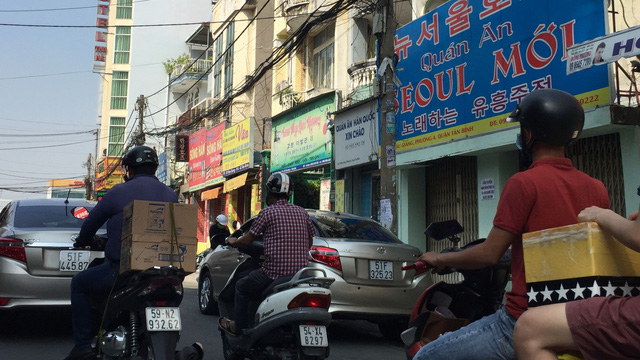
The Korean zone located in Residential Unit 8, Ward 4, Tan Binh District, Ho Chi Minh City stands out with signage in Korean and Vietnamese. Photo: Tuoi Tre
The Korean zone in Residential Unit 8, Ward 4, Tan Binh District, near Tan Son Nhat International Airport, is home to dozens of Korean food stores, convenience stores, supermarkets and massage houses.
It starts with a convenience store located at the Truong Son-Hau Giang junction in Ho Chi Minh City.
Within under 100m² in size, this store alone offers almost any kind of Korean product, ranging from fresh produce, packaged foods, to food seasoning, kitchenware, pastry and even cosmetics.
Going past this first premise, one should see a row of Korean restaurants with signage written in both Korean and Vietnamese.
It’s all Korean here!
Foods are the most outstanding products approachable in this area.
Eaters can easily find varied types of noodles and porridges, hotpots and barbecue. There are fried, stir-fried, steamed and mixed dishes as well.
Scattered amid these restaurants are grocers and minimarts selling Korean food seasoning and other stuff.
Looking to their sides, one should quickly catch sight of hotels, travel agencies, air ticket centers, barbers, massage services, or juice stalls.
Most signposts here are in Korean, as they cater primarily for Koreans dwelling in Ho Chi Minh City.
Your correspondent noticed a restaurant named ‘Banh gao Han Quoc,’ or Korean Tokpokki (a kind of rice dish made in small cylindrical bars served with a spicy sauce), at 49 Hau Giang Street.
This place sells cakes of different colors, shapes and sizes, all appetizing and attractive.
According to Huynh Van Quang, a salesman here, there are more than 40 types of rice cakes made in the traditional Korean style.
There are baram-tteok, a round-shaped muffin made from rice powder and black beans, modum-joen made from lotus seeds, apples, red beans and peanuts, and chapssal-tteok made from rice and vegetable powder.
Quang also says that the owners, Mr. and Mrs. Oh Eun Hwan, were originally from Seoul. They came to Ho Chi Minh City in 1993 and started selling cakes for a living.
At that time they opened a retail store for nearby residents, but sold products in large quantities for Korean restaurants around the city and some provinces nearby as well.
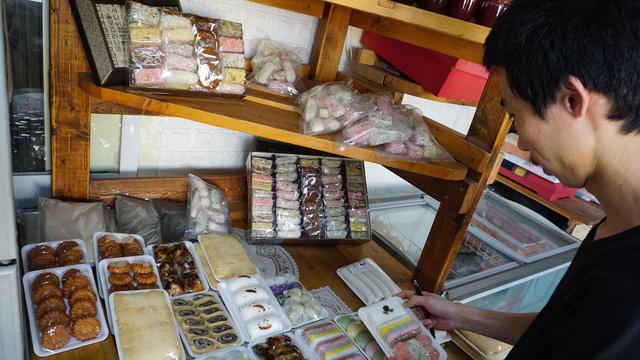
Korean rice cakes on sale in a store within the Korean zone in Ho Chi Minh City. Photo: Tuoi Tre
How it all came about
Dinh Thi Thang, head of Residential Unit 8, Ward 4, Tan Binh District, owns a hotel on Hau Giang Street.
She says that her business has taken up after the Koreans flocked to the area.
Thang knows the Korean zone like the back of her hand, as for decades she has lived here working in a military unit near the airport.
From her accounts, it can be understood that around the early 1990s, the state granted accommodation to many civil servants in this area.
This led to the rise of residential areas along Hau Giang, Thang Long, Nguyen Van Vinh or Nguyen Trong Loi Streets. These streets intersect each other in somewhat a closed circle.
Also at that time, the area around Pham Van Hai Market, located 3.2km southward, had already lured lots of Korean businesses.
However, after a decade or so, this first Korean zone gradually came to an end for no apparent reason.
Some people believed it was low quality road infrastructure that was to blame, while others reckoned it was unsuitable feng shui.
Whatever the reason, some stores moved to Districts 1, 2 and 7, while most ended up in Ward 4, Tan Binh District, forming the Korean zone as it is now.
At first the Koreans here only hired small-scale premises, selling mostly dog meat, steamed pork or barbecue.
As time went by, however, the Korean community employed in Ho Chi Minh City as well as Korean tourists increasingly came to this area, prompting its expansion to include bigger restaurants and supermarkets.
“This zone was almost empty before the Koreans arrived. Ever since their businesses sprang up, everything has seemed to fall into their lot!” said Thang, Residential Unit 8’s head.
She added an interesting note: Korean men seemingly have Vietnamese women as wives. She revealed that there are more or less 20 couples like that in Residential Unit 8.
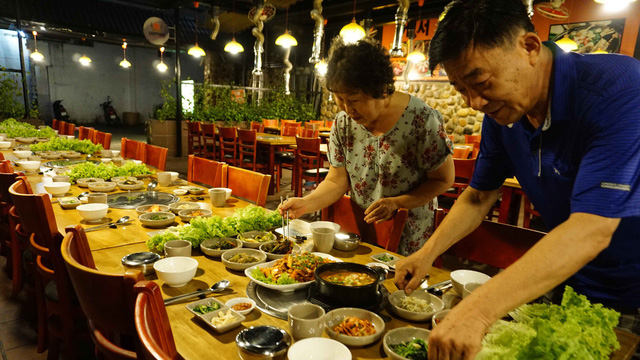
Mr. and Mrs. Kim Jong Un are the owners of Ginseng, a big restaurant in the Korean zone. Photo: Tuoi Tre
Saigon as the haven for life
According to Thang, there is a married Korean couple who has grown especially fond of Vietnam. They have opened a big restaurant named Nhan Sam, or Ginseng, on Hau Giang Street.
As your correspondent arrived, Mr. and Mrs. Kim Jong Sun, the owners of Ginseng, were getting a long dining table ready for a large tourist group.
In utmost delight, they introduced each and every one of their delicacies, giving detailed explanations on the recipes, arrangement and how to enjoy them to the best.
The couple came to Ho Chi Minh City on December 12, 1993. The Kimchi land was harsh for the husband, as his illness takes over whenever the chill of winter sets in.
Taking recommendations from a friend, they came to Vietnam on vacation. After just a few days in this country, the husband was up and running.
They instantly made up their mind to settle down here.
Besides investing in a small hotel in Ho Chi Minh City, they opened the first Ginseng restaurant in District 1, and moved to the current location after several years.
“We only get back to Korea once a year, mostly to see relatives and get health check-ups,” said Mrs. Kim in her uncanny Vietnamese.
Her son has got married to a Vietnamese woman and the old couple now has a one-year-old grandson.
“Saigon is just the right place for a stable occupation. There’s easy traffic, ideal weather, so we’ve decided to live here permanently,” Mrs. Kim added.
VNF/TTO
Recommended
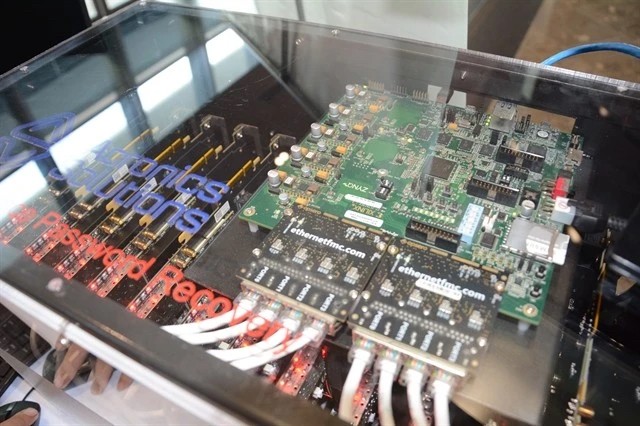 National
National
Vietnam News Today (May 11): Vietnam, Austria to Boost Cooperation in High-Tech Development, Innovation
 National
National
Vietnam News Today (May 10): Vietnamese Peacekeepers Honored with UN Medal in South Sudan
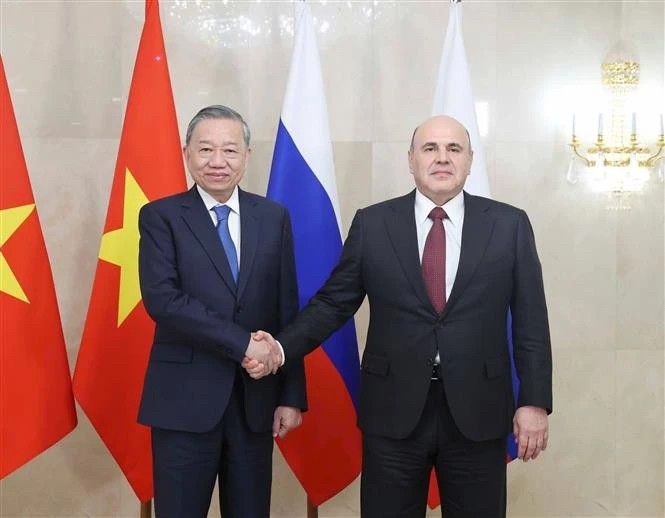 National
National
Vietnam News Today (May 9): Vietnam Ready to Work With Russia to Elevate Relations
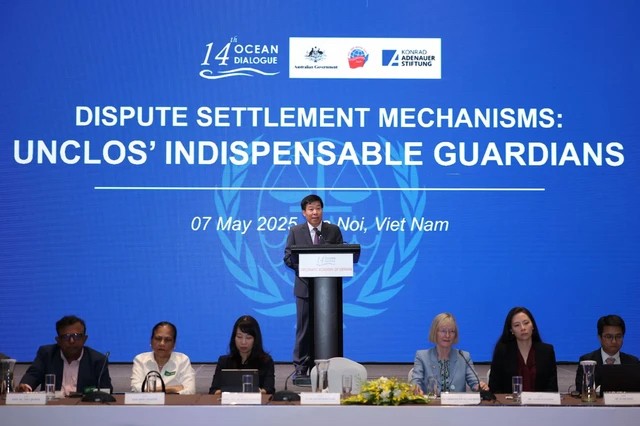 National
National
Vietnam News Today (May 8): Vietnam Remains Committed to UNCLOS
Popular article
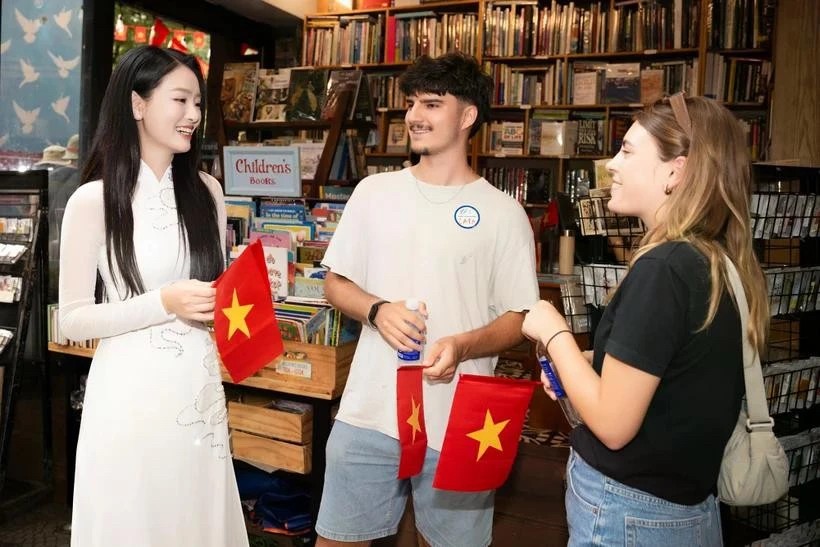 National
National
Vietnam News Today (May 7): Vietnam Hosts Over 7.67 Million International Visitors in First 4 Months
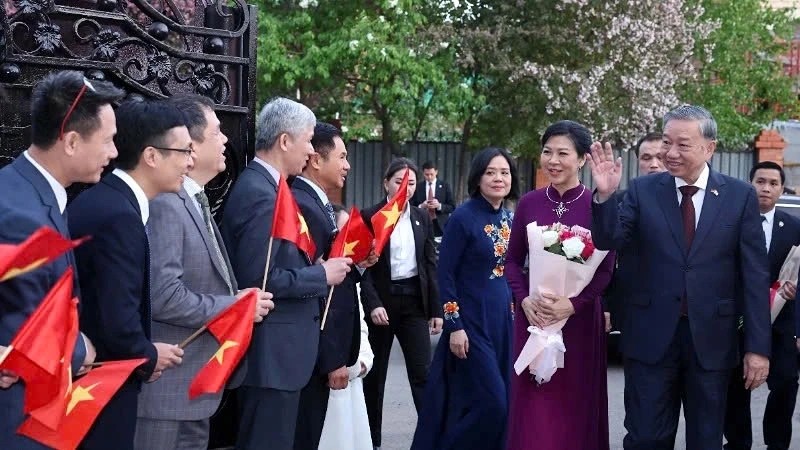 National
National
Vietnam News Today (May 6): Party Leader To Lam Meets Vietnamese Expatriates in Kazakhstan
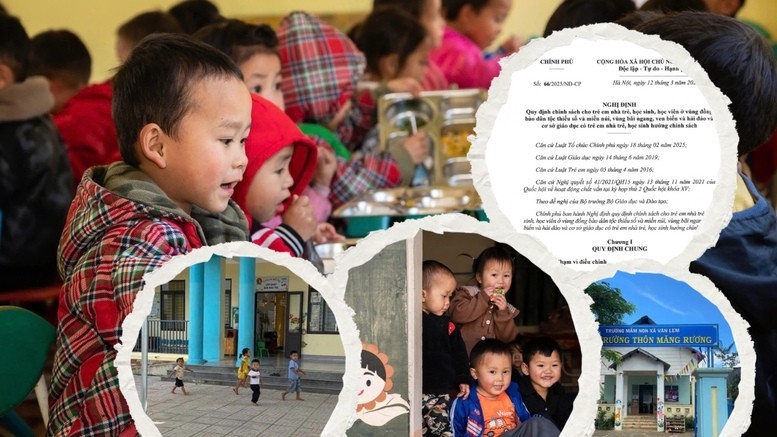 National
National
Boarding Kindergarten Children Supported with VND360.000/Month
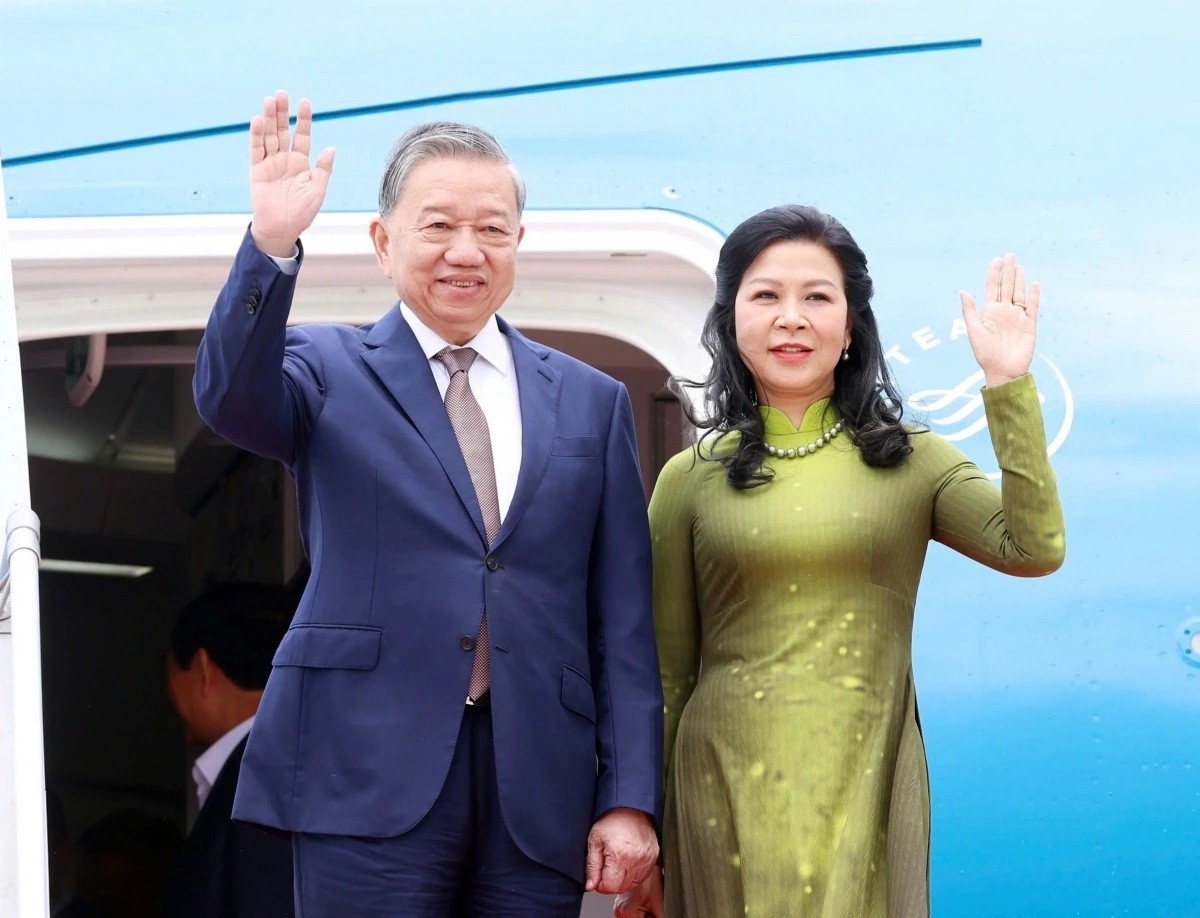 National
National



